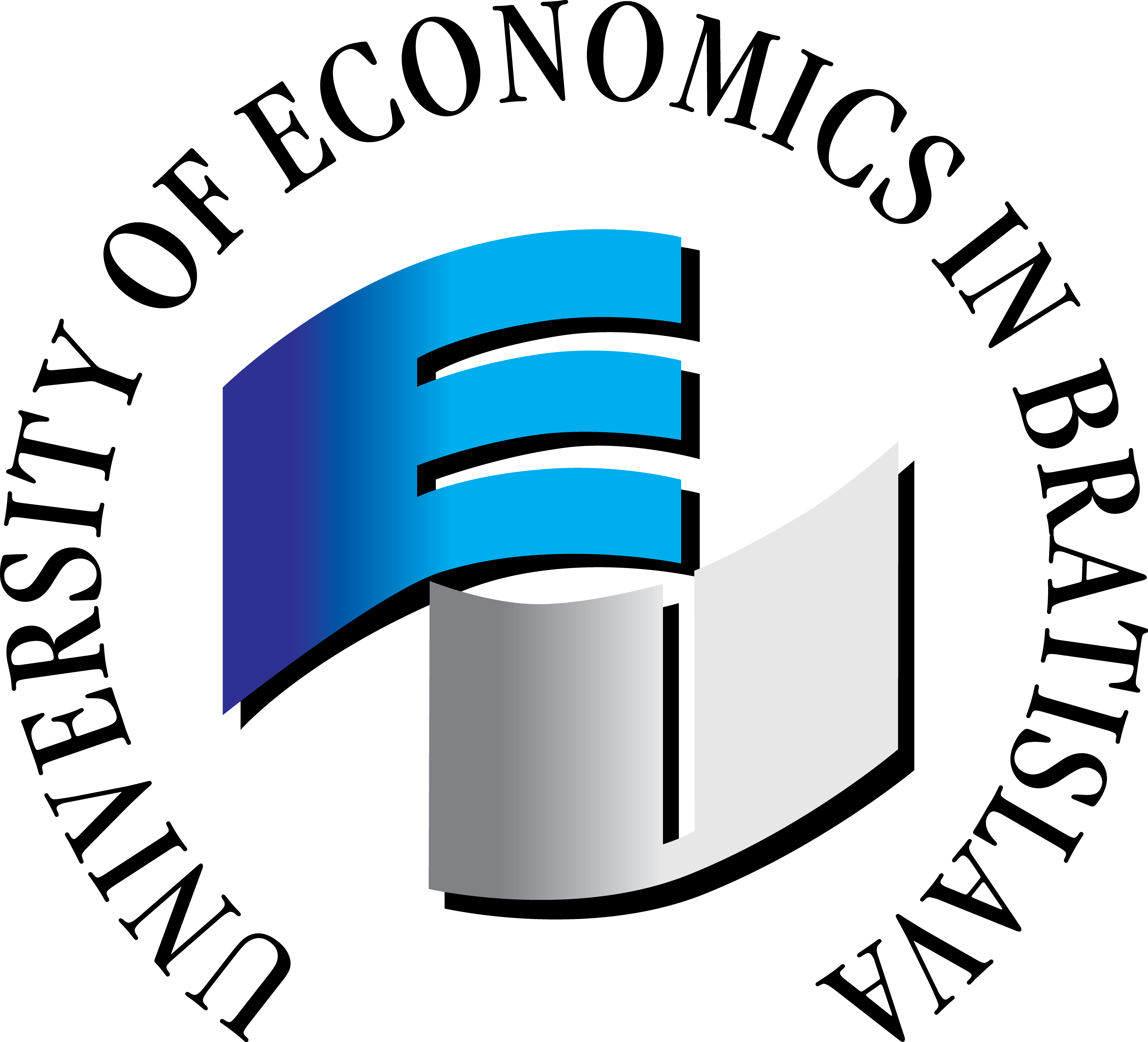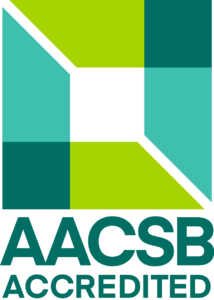Internet of Things
- Credits: 3
- Ending: Examination
- Range: 0P + 2C
- Semester: winter
- Faculty of Economic Informatics
Teachers
Included in study programs
Teaching results
After completing the course, students should have:
Knowledge
A. To navigate the terminology and conceptual framework of IoT.
B. To know and select appropriate methods for designing software and hardware systems for IoT.
C. To understand the basics of electrical engineering necessary for proper hardware usage and interconnection.
D. To understand the workflow and organization of a development team.
Skills
E. To analyse user needs and formulate the essence of the problem.
F. To create and program an IoT device or prepare a high-quality assignment for external specialists.
G. To handle hardware and laboratory equipment safely.
H. To present and defend proposed solutions at a professional level.
I. To prepare technical documentation describing the proposed solution.
Competentness
A. To navigate the terminology of IoT and apply this knowledge when designing solutions.
B. To select an appropriate method for designing IoT software and hardware systems within the context of a given task.
D. To work as part of a development team and understand its organization and processes.
E. To independently analyse user needs and accurately define the core technical problem.
F. To independently create and program an IoT device or prepare a high-quality assignment for external specialists.
H. To professionally present and defend proposed solutions before an expert audience.
I. To prepare complete and technically accurate documentation of the proposed solution.
Indicative content
1. Definition of the Internet of Things, introduction to the issue
2. Definition of technical, program, technological and economic preconditions for the implementation of IoT equipment
3. Basics of electrical engineering, work in the laboratory
4. Basic principles of IoT device design
5. Development boards Arduino, NodeMcu and their variants
6. Open source software Arduino (IDE)
7. Hardware elements of IoT devices (sensors, power elements, ...)
8. Libraries of hardware elements
9. Web and Cloud interfaces for IoT
10. Errors in the creation of IoT devices
11. Design and testing of IoT devices
12. Security of IoT devices
13. Strategies to improve IoT equipment
Support literature
1. Procházka, P. (2022). IoT – Internet vecí (1. vyd.). OZ5V.
2. Kranz, M. (2016). Building the internet of things: Implement new business models, disrupt competitors, transform your industry. John Wiley & Sons. https://doi.org/10.1002/9781119285670
3. Li, K.-C., Gupta, B., & Agrawal, D. (2020). Recent advances in security, privacy, and trust for Internet of Things (IoT) and cyber-physical systems (CPS). Chapman and Hall/CRC.
4. Malý, M. (2018). Hradla, volty, jednočipy. CZ.NIC.
5. Selecký, M. (2016). Arduino: Uživatelská příručka. Computer Press.
6. Serpanos, D., & Wolf, M. (2018). Internet-of-Things (IoT) systems. Springer International Publishing AG.
7. Voda, Z., & tým HW Kitchen. (2018). Průvodce světem Arduina. Nakladatelství Martin Stríž.
Syllabus
1. Definition of the Internet of Things, introduction to the subject Introduction to IoT concepts, architecture, layers, and typical application domains. Explanation of fundamental terminology, benefits, and limitations of modern IoT solutions. 2. Technical, software, technological and economic prerequisites for IoT implementation Analysis of hardware, software, connectivity, energy consumption, and cost requirements. Overview of technologies necessary for successful IoT project deployment. 3. Basics of electrical engineering, laboratory work Principles of circuits, voltage, current, resistance, and safe handling of devices. Practical introduction to laboratory measurements and basic tools. 4. Fundamental principles of IoT device design Design process from task definition through analysis to prototyping. Design models, system architecture, and component selection. 5. Development boards Arduino, NodeMCU and their variants Overview of common development platforms, their parameters, communication capabilities, and suitability for different IoT tasks. 6. Open-source Arduino software (IDE) Basics of programming in Arduino IDE, program structure, and working with libraries. Practical examples of simple applications. 7. Hardware components of IoT devices (sensors, actuators, etc.) Characteristics of sensors, actuators, and auxiliary modules. Principles of measurement, switching, and signal processing. 8. Hardware component libraries Using software libraries for sensors and modules, integrating them into programs, and solving compatibility issues. 9. Web and cloud interfaces for IoT Communication between IoT devices and web APIs, cloud platforms, or databases. Data transmission, protocols, and visualization of measured values. 10. Common mistakes in IoT development Typical construction, programming, and operational errors. Diagnostics, testing, and procedures for minimizing malfunctions. 11. Construction and testing of IoT devices Physical assembly, component wiring, prototype creation, and phases of functional, stability, and reliability testing. 12. IoT device security Basic security risks, encryption, authentication, and data protection. Principles of designing secure IoT systems. 13. Strategies for improving IoT devices Optimizing energy consumption, improving accuracy, reliability, and user value. Iterative improvement based on testing and feedback.
Requirements to complete the course
Exam 60% of the rating. It is performed in the form of a test using a test application. The test verifies the achieved level of educational results A., C., F., G.
Exercises 40%. The content of the exercise is the elaboration and defense of the semester work, which students will work out in groups. Each group has its own group leader, who is chosen by the students. The semester work of the group is evaluated as a whole for the whole group, while the evaluation of the members of the group and their contribution to the elaboration of the semester work is the result of the group agreement. The following educational results are evaluated by the evaluation of the semester work: B., C., D., E., F., G., H., I.
Student workload
Total study load (in hours):
5 credits x 26 hours = 130 hrs
Study load distribution:
Health and safety in the hardware laboratory: 2 hrs
Participation in seminars 26 hrs
Preparation for seminars 18 hrs
Elaboration of a semester project 52 hrs
Preparation for the final exam 32 hours
Language whose command is required to complete the course
slovak
Date of approval: 04.03.2025
Date of the latest change: 06.11.2025

